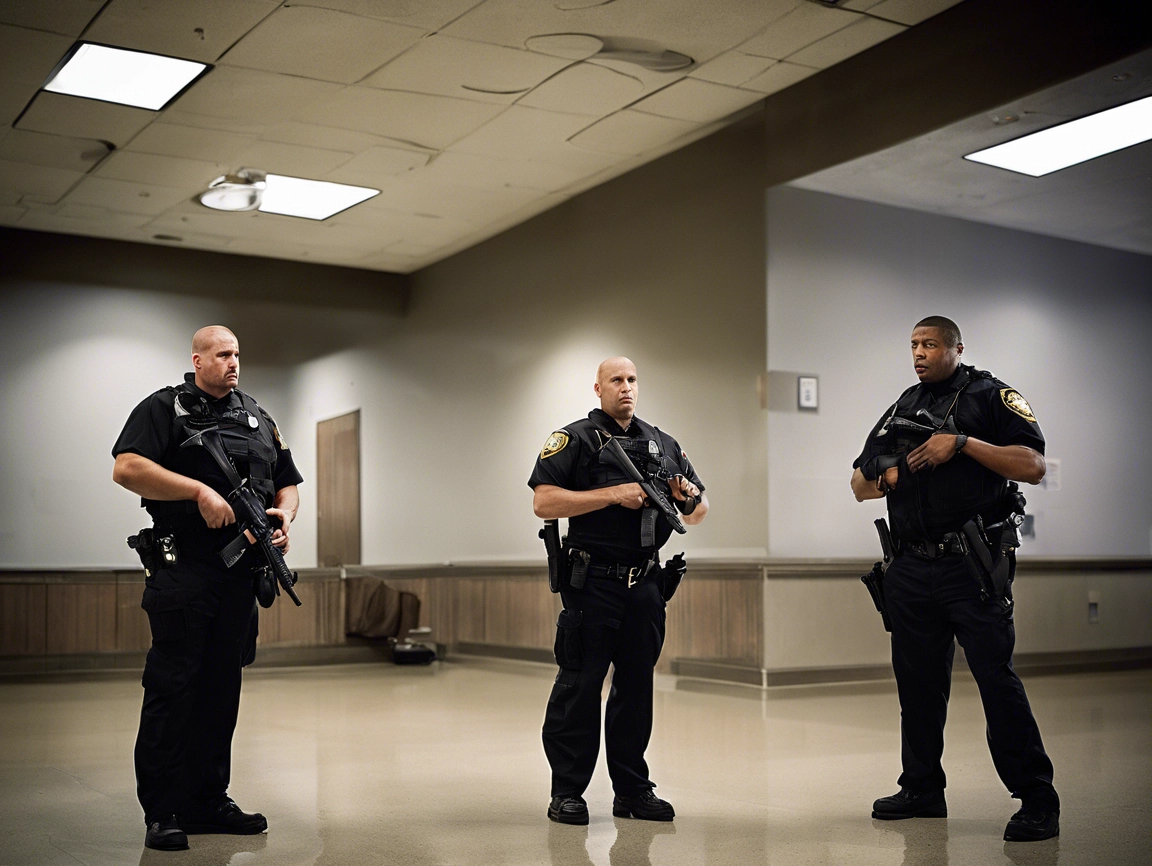
-
[email protected]
E-mail Us
-
7087 West Blvd, #8, Youngstown, Ohio 44512
Open by Appointment Only
(888) 341-6960
Contact our 24-hour customer care team
(888) 341-6960
Contact our 24-hour customer care team

Nov
Understanding Violence Across Ohio: The Rise of Armed Tactical Security Guards
In today’s society, the issue of violence in Ohio has led to an unprecedented focus on personal safety. Increasingly frequent reports of violent incidents have prompted businesses and institutions to seek enhanced protection measures. As a result, the trend of employing armed tactical security guards has surged, as these professionals are often viewed as effective deterrents against potential threats.
Armed tactical security guards typically receive more extensive training in high-pressure situations compared to traditional security personnel. They are equipped not only with firearms but also with advanced skills in conflict resolution and crisis management. Their presence instills a sense of reassurance among employees and customers alike, fostering a secure environment where individuals feel comfortable working and visiting.
Moreover, media coverage of violent events has heightened public anxiety surrounding safety. As tragic stories unfold, citizens are increasingly vigilant and aware of their surroundings. In response, businesses and educational institutions are investing in armed guards, viewing this strategy as both a security measure and a proactive approach to risk management.
This growing trend raises vital questions about the balance between safety and the implications of living in a heavily armed society. Community discussions regarding the role of armed security in public spaces are becoming ever more relevant. While many advocate for enhanced protection measures, concerns persist about the potential for escalation and the impact on the overall atmosphere of the community.
As Ohio grapples with these complex issues, it is essential to engage in thoughtful conversations that weigh immediate security needs alongside the long-term implications for society. Achieving the right balance is crucial to ensure that safety measures do not inadvertently contribute to a culture of fear but rather foster a community where coexistence can flourish.
To achieve this equilibrium, community stakeholders—including local governments, law enforcement, business owners, and residents—must unite to establish clear guidelines governing the presence and conduct of armed tactical security guards. Comprehensive training programs that emphasize de-escalation techniques and appropriate use of force can help mitigate the risks of confrontations while maintaining a secure environment.
Transparency and communication play vital roles in addressing public concerns. Regular briefings on security policies, community forums, and opportunities for feedback will help build trust between security personnel and the communities they serve. By cultivating a partnership approach between security forces and the public, communities can nurture an atmosphere of mutual respect and understanding.
Additionally, it is crucial to consider the psychological impact on community members. Initiatives aimed at promoting mental health and emotional well-being can help counteract the stress associated with the presence of armed guards. Offering support services such as counseling and conflict resolution workshops may empower individuals to navigate potentially dangerous situations without resorting to violence.
Policymakers should also critically examine the broader social issues contributing to the demand for armed security. Investing in community programs, educational opportunities, and social services can address the root causes of violence, thereby contributing to a safer environment. By tackling poverty, inequality, and limited access to resources, communities can reduce the conditions that necessitate an armed presence altogether.
As Ohio continues to confront the challenges posed by rising violence, it is essential to adopt a holistic approach that integrates immediate security needs with long-term community resilience. This comprehensive strategy not only enhances public safety but also cultivates a culture where safety and community spirit can thrive in harmony. Through collaboration, innovation, and proactive measures, we hope to foster a state where residents feel secure without being burdened by the weight of armed protection.
-
Tags
- 24-hour Protection Access Control akron Alarm Response Appropriate use of force armed guards Certified Security Collaboration in security measure Commercial Security Communication in public safety Community forums Community programs investment Conflict resolution workshops Corporate Security Cultivating community spirit Dangerous situations management De-escalation techniques Educational opportunities for safety Emotional well-being initiatives - Counseling services Enhancing public safety event security Experienced Security Fire Watch Holistic approach to security Industrial Security Licensed Security Long-term community resilience Maintaining secure environment Mitigating risks in confrontations Mobile Patrols Mutual respect in communities ohio Ohio Security Alarms Ohio Security Cameras Ohio Security Contractors Ohio Security Experts Ohio Security Guards Ohio Security Installation Ohio Security Maintenance Ohio Security Management Ohio Security Monitoring Ohio Security Officers Ohio Security Patrols Ohio Security Personnel Ohio Security Planning Ohio Security PlanningAddressing social issues in security Ohio Security Services Ohio Security Solutions ohio security systems Ohio violence challenges Partnership with security forces Proactive security strategies Professional Security Promoting mental health Psychological impact of armed guards Reducing need for armed security Reliable Security Residential Security Risk Assessments Root causes of violence Secure environment without armed burden Security Alarms Security Cameras Security Consulting Security Contractors Security Experts security guard services security guards Security Installation Security Maintenance Security Management Security Monitoring security officers Security Patrols Security Personnel Security personnel trust Security Planning Security policies briefings security services Security Services Akron Security services Ohio Security Services Warren security services youngstown Security Solutions Security Systems security training Social services for violence prevention surveillance Tackling poverty and inequality Transparency in security Trusted Security Unarmed Guards VIP Protection warren youngstown





